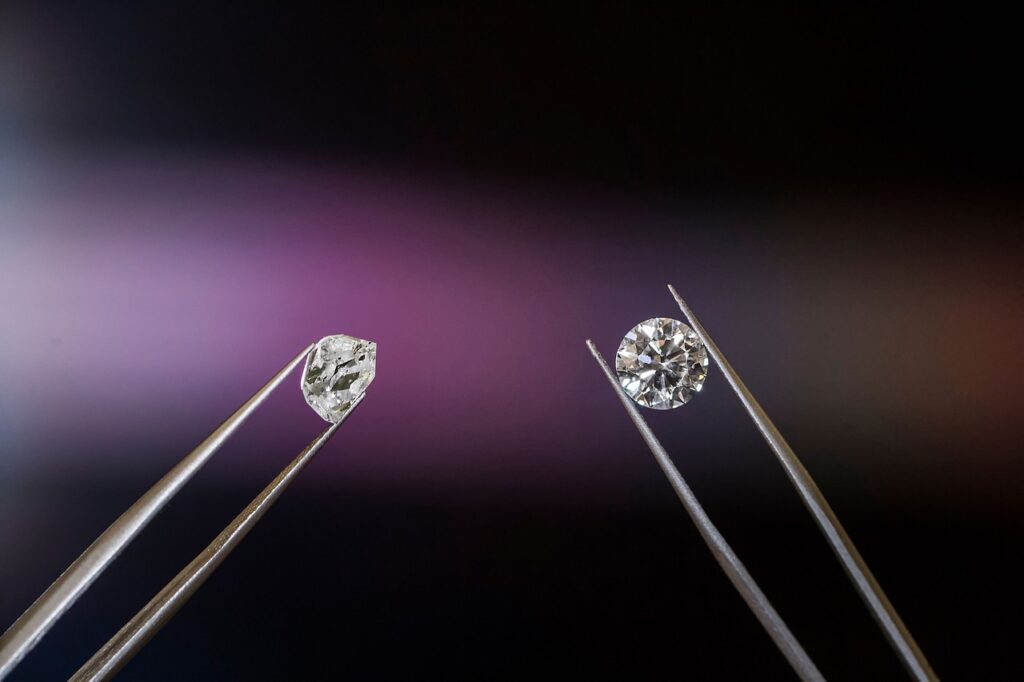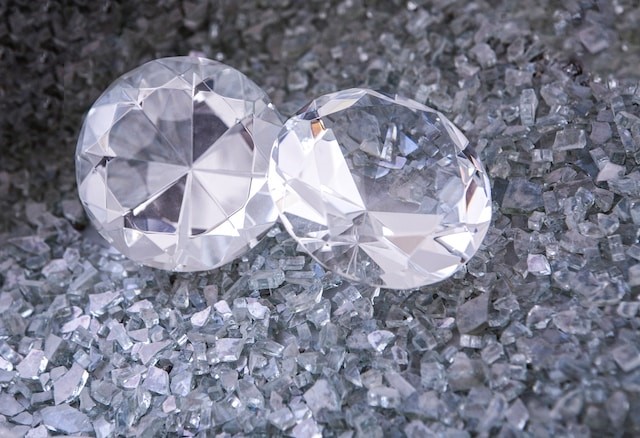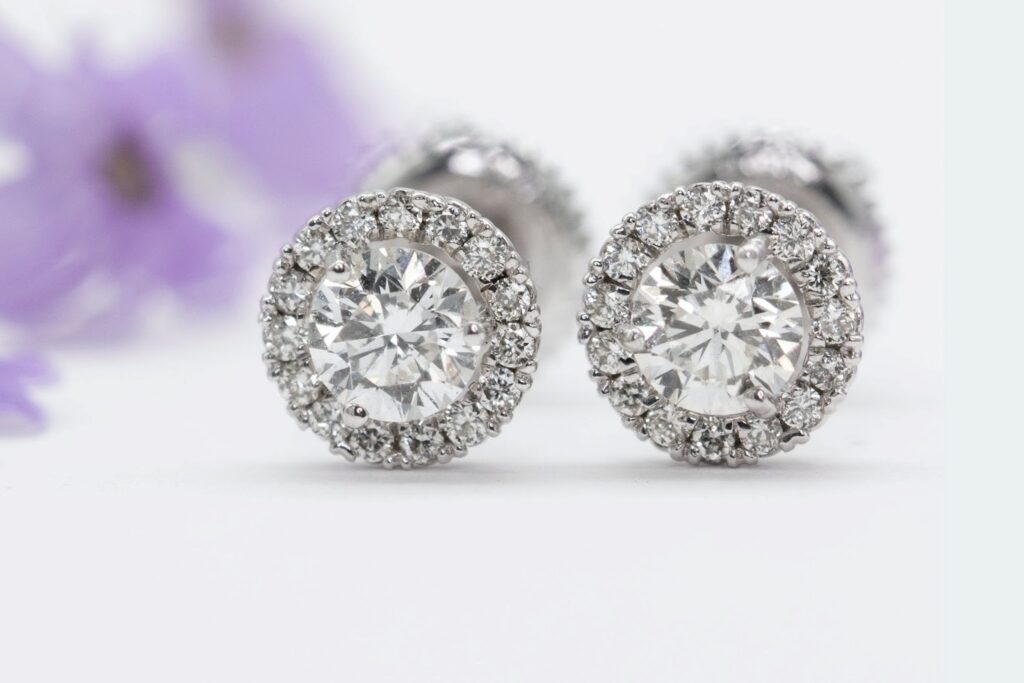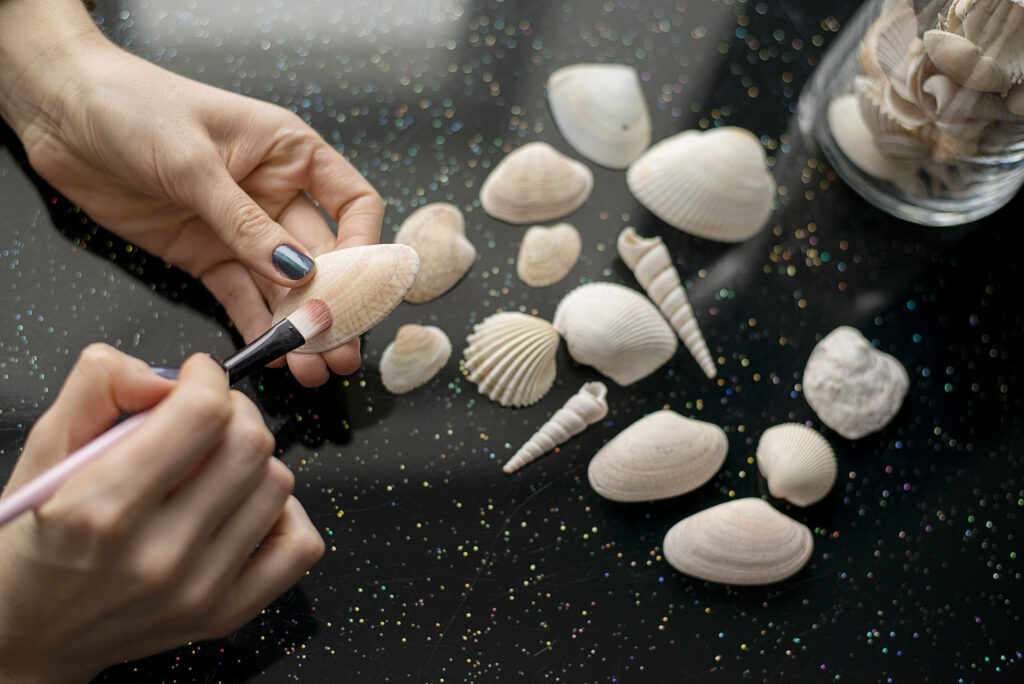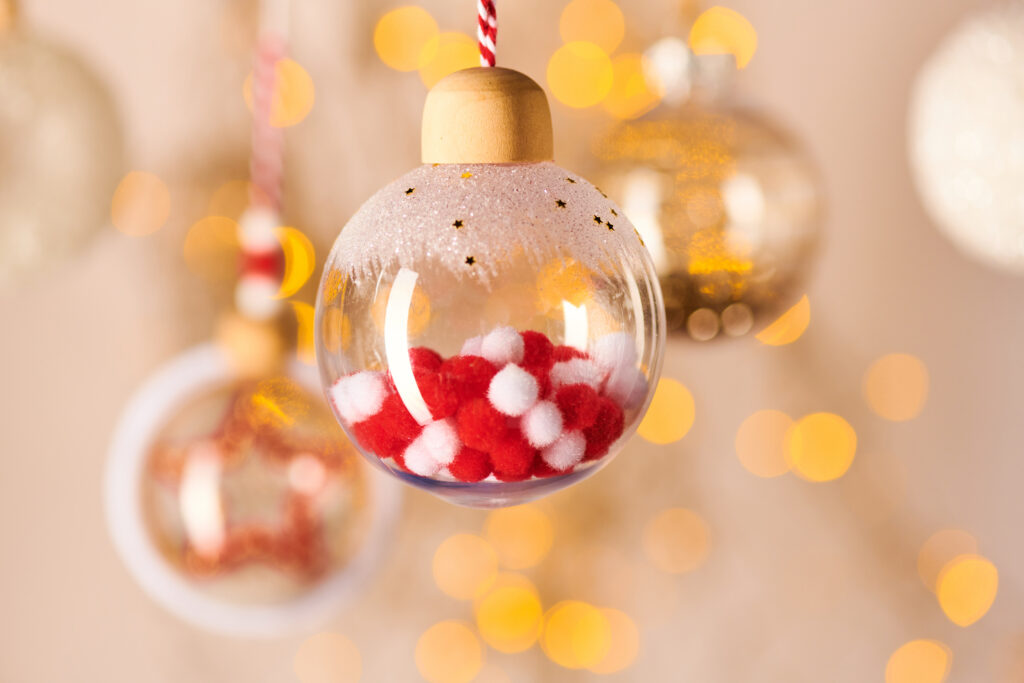Diamonds are the ultimate commitment symbol included as the gem of choice in diverse jewelry options, from an engagement ring to an anniversary bracelet. Moreover, besides being a status symbol, diamonds are a sound financial investment, given their capacity to appreciate constantly.
However, purchasing diamonds is a novel experience, especially for first-time buyers. While diamonds may appear similar at face value, they have distinguishing characteristics that influence their quality and value.
Therefore, a basic knowledge of diamonds is crucial before purchasing the gem. Fortunately, this post has covered you, highlighting nine tips discerning diamond shoppers employ.
1. Consider Sustainable And Ethically-sourced Options
While diamonds are unmatched in beauty and value, the global diamond industry is not without controversy. According to one publication on the diamond commodity chain, the diamond mining stage has the most negative impact on societies.
The publication of child labor, deplorable working conditions, and unfair wages among the challenges mining communities face. It also highlights the negative environmental impact of diamond mining, including pollution, soil erosion, and ecosystem destruction via deforestation.
However, as a consumer, you can counter diamond mining’s adverse effects by purchasing sustainably and ethically-sourced diamonds. Such options include recycled diamonds or diamonds sourced from previously-owned jewelry pieces forged into something new. Such diamonds are of similar value to mined options but are less harmful to mining communities.
2. Consider The Cut
A diamond’s cut is the first of the “4Cs” to consider when shopping for diamonds. The stone’s cut refers to the symmetry between the dimensions of its face-up appearance. Moreover, a diamond’s cut influences its interaction with light, determining its sparkle and beauty.
Cutting rough diamonds into the shimmering and splendid gems displayed on jewelry takes exceptional craftsmanship. Therefore, a diamond’s cut influences its quality and overall value, making it a significant consideration when shopping for the perfect gem.
Image Source: Unsplash.com
3. Carat Weight
A carat is a metric unit for a diamond’s physical weight measured in milligrams up to the hundredth decimal. Therefore, a one-carat diamond equals 0.200mg, subdivided into 100 points.
The price of diamonds based on carat weight increases from point to point because large diamonds (based on weight, not size) are rare. Different diamond shapes can exaggerate the gem’s size, yet they weigh less, making the carat weight the ultimate unit for measuring a cut diamond’s true value.
Essentially, carat weight explains why some seemingly smaller diamonds cost more than overtly larger stones. Therefore, consider a diamond’s carat weight, especially when the diamond jewelry piece doubles an investment.
4. Color
Diamonds typically appear colorless to the untrained eye. However, they come in varying colors evaluated based on a grading system, ranging from colorless to light yellow; color is the third C in diamond shopping. The grading system classifies diamonds based on color by assigning an alphabet for a corresponding color. It features five classes as follows:
- Colorless (D-F)
- Near colorless (G-J)
- Faint yellow (K-M)
- Very light yellow (N-R)
- Light yellow (S-Z)
On the one hand, the color differences between adjacent classes are often imperceptible to the naked eye. Also, a diamond cut may enhance its brilliance and cover color imperfections. However, the further a diamond is from the D-F class, the lower its value and price, especially if the color imperfections are visible.
5. Clarity
Diamonds have inclusions or foreign materials trapped in the stone during its natural formation process and blemishes or imperfections that occur on the stone’s external surface anywhere during the commodity chain (mining to retail).
Therefore, a diamond’s clarity, the 4th C of diamond shopping, examines a stone’s inclusions and blemishes to determine its proximity to purity. While 100% pure diamonds don’t exist, a universal grading system classifies diamonds based on the visibility level of the inclusions and blemishes during tenfold magnification.
The clarity grading system classifies flawless and internally flawless diamonds as having a higher value, while the other side of the spectrum features included diamonds. However, if financial investment is not a priority, you can purchase an “eye-clean” diamond (one where the inclusions and blemishes are imperceptible to the human eye).
Image Source: Pixabay.com
6. Certification
Only purchase certified diamonds with an accompanying certificate from a trusted gem lab. The certification proves that a diamond has undergone evaluation by a professional gemologist based on the 4Cs and includes a grading chart highlight. Therefore, a certificate from the Gemological Institute of America (GIA) guarantees a secure investment.
7. Shape
Cut diamonds are available in various shapes to suit consumer preferences, including circular/round, princess, oval, emerald, and marquise. However, besides personal preferences, a diamond’s shape (not to be confused with the cut) influences the stone’s final appearance.
For example, round-shaped diamonds offer more brilliant than other cuts, especially colorless diamonds. On the other hand, cushion-shaped diamonds show off a deeper color, for colored diamonds, than other shape options.
Also, elongated diamond shapes appear larger than round-shaped diamonds of a similar carat weight. Therefore, consider your preferences and the illusion you intend to create when choosing a diamond’s shape.
8. Budget For Your Purchase
Unless you have a trust fund, diamonds are anything but cheap. Moreover, the diverse options available can make diamond shopping a nightmare.
However, having a budget facilitates a smoother shopping experience. Evaluate the 4Cs of diamond shopping and other priorities against your budget to narrow down options fast and avoid costly impulse spending.
Image Source: Unsplash.com
9. Identify And Shop From Trustworthy Jewelers That Meet Your Needs
Like diamonds vary in quality, so do jewelry stores. Therefore, conduct due diligence to identify trustworthy jewelers with impeccable customer service and fair prices to enjoy a smooth shopping experience.
For starters, avoid high-end, elite jewelry stores as they often ostentatiously price an already pricey product. Second, avoid jewelers that will attempt to upsell you and increase the chances that you’ll break your budget. You can search online and read independent consumer reviews to identify jewelers likely to meet your needs.
Conclusion
Diamond shopping may seem intimidating, but it doesn’t have to be. Follow the tips above to buy diamonds like a seasoned shopper and avoid falling prey to unscrupulous sales.
